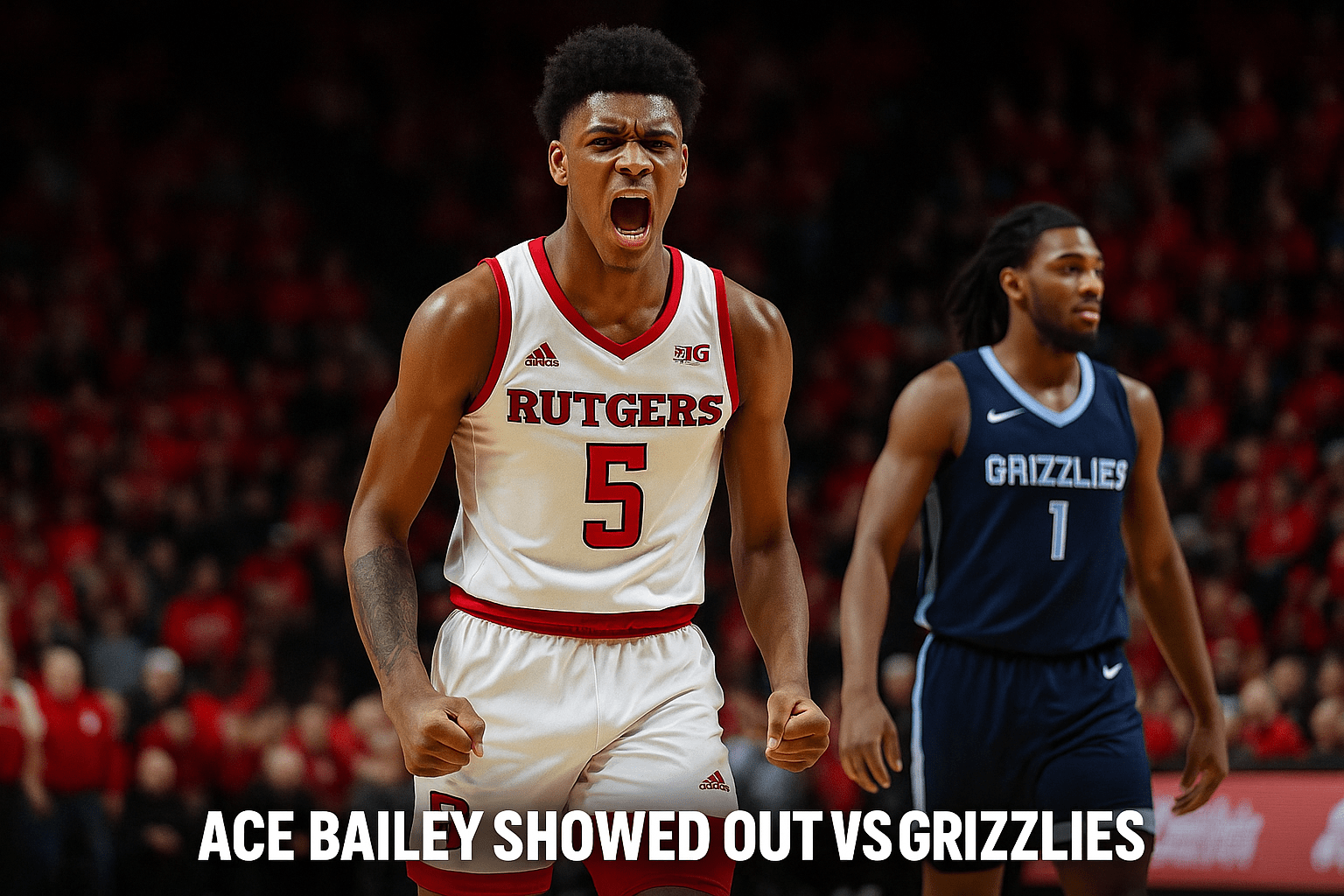In a sport driven by fractions of a second, F1 qualifying is where the truth comes out. It’s the point where noise fades into calculation, where drivers aren’t racing each other — they’re racing themselves, the track, the weather, and time.
Behind the glamour of Formula 1, qualifying is the rawest display of talent. No overtakes, no tire-saving, just pure speed and the tension of knowing there’s only one shot at perfection.
Setting the Stage: What F1 Qualifying Means in 2025
This year, F1 qualifying is more vital than ever. With the 2025 F1 calendar expanding and track layouts more technically demanding, a driver’s starting grid position can dictate the rhythm of their entire weekend. Every Saturday now feels like a mini race — except the only opponent is time itself.
With the revised F1 schedule, sprint weekends have been shuffled into new venues. These not only affect tire allocation but also put pressure on teams to optimize setup from the first minute of FP1. And when it’s time for qualifying, there’s no room for second-guessing.
How the Format Pushes Limits
The knockout format — Q1, Q2, Q3 — might seem familiar, but under the surface, it’s a pressure cooker. In 2025, tire usage is even more critical due to regulation tweaks. If you burn through your softs early, you’re left exposed. That’s why some teams now use mixed tire compounds even in Q2 — a bold gamble that either launches them into Q3 or buries them in P14.
The importance of clean air, sector delta management, and track evolution has grown. Qualifying isn’t just about who’s fast — it’s about who’s smart. That blend of raw speed and tactical execution is what makes the best drivers stand out.
Spotlight on Silverstone 2024 & Driver Brilliance
The echoes of Silverstone 2024 still reverberate into the 2025 season. It was one of the most telling qualifying sessions in recent memory — changeable weather, narrow dry line, and aggressive out-laps. And through all that, the top drivers carved out something unforgettable.
Formula 1 standings today are shaped by those Saturday moments. A surprise pole. A teammate outqualified. A lap snatched from chaos. They don’t just shape the race. They shape careers.
The 2025 F1 Driver Lineup & Who Qualifies Best
This year’s 2025 F1 driver lineup is a case study in contrast. You’ve got veterans like Alonso still squeezing magic out of machinery, while rookies like Hadley Moore (in his sophomore season) are learning how brutal F1 qualifying can be.
- Hamilton remains unmatched in wet qualifying.
- Verstappen excels under pressure and timing.
- Norris has developed a knack for high-grip outlaps.
Each name on the grid brings a story. And qualifying is the sharpest lens through which to watch it unfold.
Strategy in the Shadows: When to Push, When to Wait
In 2025, the Formula 1 schedule forces teams to think ahead. Do you go all-in during Q3, knowing your tires may be compromised for Sunday? Do you take the risk of running last and hope for a clear lap, or go early to avoid traffic but sacrifice rubber?
F1 results don’t always show the pain of that choice. But it’s there — in the body language of the mechanics, in the last-second whispers on team radio.
FAQs – F1 Qualifying Explained
What’s the key to mastering F1 qualifying?
Timing and tire temps. The perfect lap is born when tires are in the ideal range and traffic is minimal. That’s as much about planning as driving.
Does qualifying always determine the F1 race result?
Not always, but it massively improves your odds. Tracks like Monaco make overtaking near impossible, while others leave room for strategy to play out.
How are drivers ranked in F1 standings if qualifying goes wrong?
They’re penalized — not by points, but by position. A bad qualifying means starting mid-pack, which often results in poorer race finishes and fewer points.
Why is F1 qualifying more intense in 2025?
The competitiveness of the 2025 F1 driver lineup and tighter performance margins make every lap critical. Even 0.1 seconds can mean the difference between P3 and P10.
Which tracks test qualifying ability most?
Monaco, Suzuka, Jeddah, and Silverstone all demand precision. You need commitment, rhythm, and technical mastery.
Pros & Cons of F1 Qualifying in Today’s Format
Pros:
- Transparent: Fastest drivers earn top spots.
- Tactical: Adds depth to the weekend strategy.
- Exciting: Nail-biting drama in Q3.
Cons:
- Traffic ruins laps.
- Weather can randomly favor some.
- One mistake ends your session.
Beginner’s Notes – Watching Qualifying Like a Pro
- Watch for sector time colors: purple (fastest), green (personal best).
- Pay attention to track evolution — later laps are usually faster.
- Listen to team radio for tire advice, complaints, and confidence levels.
Beyond the Lights: Why Qualifying Is Formula 1’s Soul
Qualifying strips away the noise and cuts to the heart of F1. It’s a moment of silence before the storm — a single lap where talent, machine, and mindset converge. There are no pit stops, no alternate strategies. Just grip, gear shifts, and the pursuit of perfection.
For fans, it’s the purest form of speed. For teams, it’s the difference between controlling a Sunday and chasing one. And in 2025, it’s clear that F1 qualifying is no longer a precursor — it’s a performance in itself.
As the F1 standings shift, the Formula 1 schedule rolls on, and the next F1 race looms, remember this: it all begins on Saturday. That’s where the stories start. That’s where heroes are made.




